Understanding Wheat
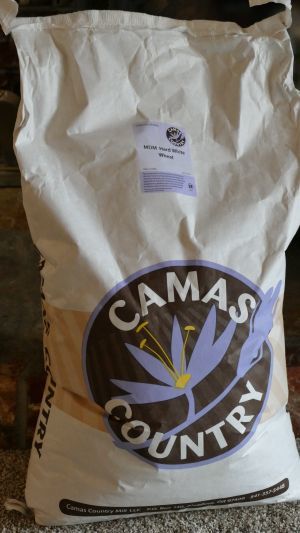
By Mark Gunderman

Let’s talk about wheat. There are hundreds of different varieties of wheat. Each variety has different properties related to yields, disease resistance, gluten content, flavor, enzyme activity, baking performance etc. Most of these are based on the genetics of the variety but some variation also occurs based on where the grain is grown, soil properties and weather during the growing season.
The majority of wheat is grown with the primary objective of producing white flours. Consequently, the varieties selected are with the goals of maximizing yields and gluten etc. very little focus is on the flavor of the whole grain.
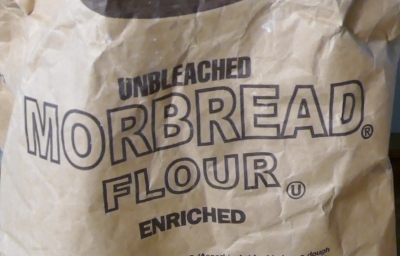
Wheats are often classified into some very general groups that define basic attributes of the wheat variety.
Spring and Winter – wheat varieties are either planted in the spring or in winter. This distinction simply identifies when the specific variety is planted.
Hard and Soft – this has to do with the hardness of the wheat berry of the given variety. As a generalization. – harder wheats have higher protein content and a higher gluten content. Soft wheats tend to be lower in protein and gluten.
Red and White – this refers to the pigmentation of the wheat berries – either red or lacking the red pigment (white). The distinction of white has absolutely no correlation with white flour.
Organic – grown using approved organic methods – does not mean no fertilizers or sprays – just very select ones. No applied glyphosate.
There are a couple other classifications that may also be encountered.
The first is heirloom or landrace wheats. These are varieties that were prevalently grown in the 1700-1900s – typically in the US /Canada. These may be spring or winter or red or white. Identified by the variety- you may encounter Red Fife, Turkey Red, Sonora White, Marquis and others. Almost all are lower in gluten content.
The other classification is ancient varieties.
There are some wheat varieties that were the original varieties from which all other varieties descended. This group is referred to as the ancient varieties. It includes Einkorn, Emmer, Spelt, Durum and Khorasan (Kamut).
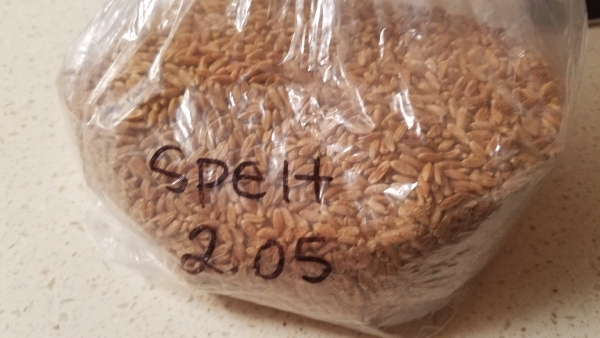
It should be noted that for most of these – there are still multiple varieties. For example – there are about 30 different einkorn varieties. Some who have gluten sensitivities may tolerate these more readily.
In the 1950’s, there was a large effort to create new hybrid varieties combining desirable characteristics of different varieties. Most of these varieties are classified as modern wheats and comprise the majority of wheats grown today. To be clear – this is not GMO. There are NO GMO varieties of wheat currently being sold.
All wheat berries share the same primary 3 components.
Bran which is the hard outer shell of the berry – represents about 14% of the wheat berry and is primarily fiber. It is the most difficult part of the wheat berry to mill into a fine flour. It contains the color pigmentation of the wheat berry (red or white) and contributes largely to the whole grain flavor of whole grain flours. Modern wheat red varieties may often have a bitter taste. Modern white varieties are typically milder in flavor and usually lack any bitterness. Most heirloom and ancient varieties have much more pleasant flavors and are not bitter.
Germ – represents about 3% of the wheat berry and is primarily comprised of oil and contains the majority of nutrients in the wheat berry.
Endosperm – represents about 83% of the wheat berry and is primarily starch. It contains the majority of the protein and gluten.
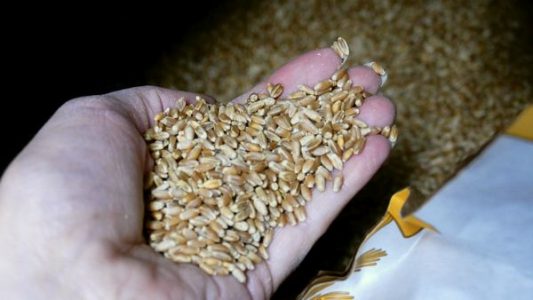
Commercial White flours are made by first physically removing the bran and germ and milling the remaining starch into flour. Removal of the germ notably extends the shelf life of the flour as it is the germ oil in whole grain flours that causes rancidity. Many commercial whole wheat flours add bran back but still omit the germ.
The only real way to get a true whole grain flour is to mill it yourself or purchase stone milled flours. Shelf life of a flour containing the germ is greatly reduced and may be extended some by freezing the flour.
To help understand how wheat varieties translate to their white flour equivalents – we need to recognize the common categories of white flours sold.
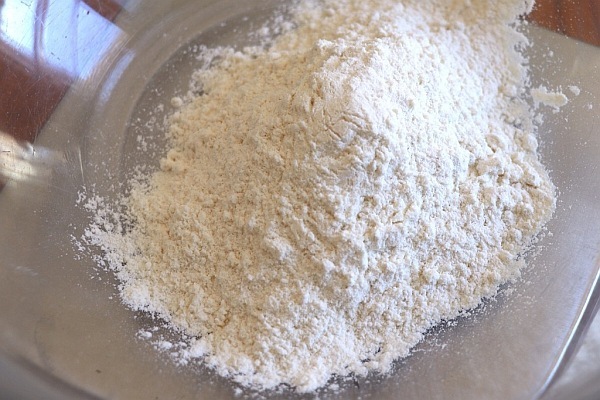
They are:
Bread Flour (strong flour) – milled almost exclusively from hard wheats – It may be milled from spring or winter and red or white wheats. Red is most commonly used simply because it is the most prevalently grown.
All Purpose Flour – most often milled from lower gluten hard wheats but may be a blend of hard and soft wheats. Can be spring or winter or red or white.
Cake/Pastry Flour – milled from soft wheats – red or white.
If you are storing wheat and plan to mill it into flour – please be aware that there is no way for a home miller / baker to remove the bran and germ and mill only the endosperm. You will always be starting with a whole grain flour.
You should select what type of wheat berries you will mill based on the type of flour you are trying to produce.
Assuming that a hard wheat you have stored will produce a bread flour is not always a good assumption. Many hard wheats have lower gluten content and may only produce the equivalent of an all purpose flour. Baking Performance and perhaps most critically – flavor will vary widely. I have had hard red wheats that I simply did not like at all. I have had cans marked white wheat that were low gluten wheats.
If you have stored wheat – please bake with some of it to understand what you are storing. Finding out it’s properties when you must use it is not the ideal time.
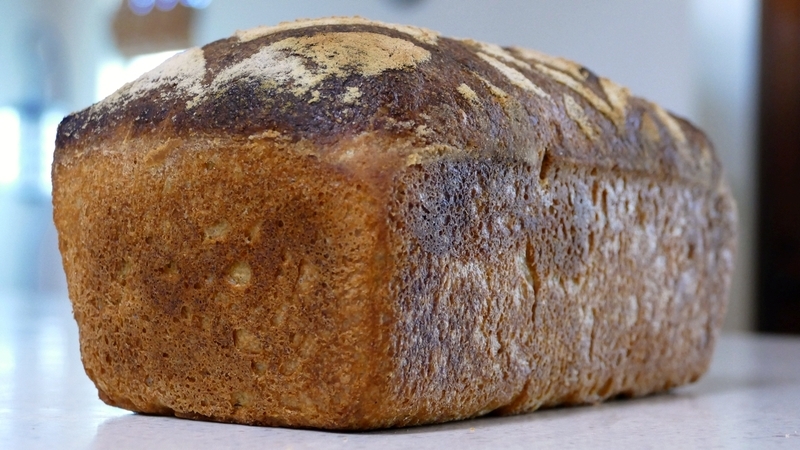
By milling any wheat and mixing the flour into a bread dough – Can easily tell you if it is a soft or hard wheat and it’s general gluten content. Baking with it will help understand it’s performance and flavor.
If you want to produce flour more similar to a commercial white flour – recognize you cannot create a true white flour. You can create flours that will fairly closely mimic them – but they will pleasantly be both more nutritious and flavorful.
I hope this helps to answer some common questions. Happy milling and happy baking!!
Mark

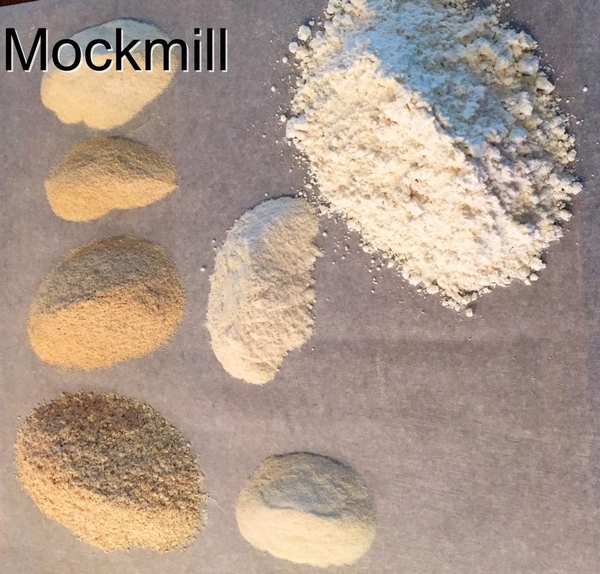
Responses